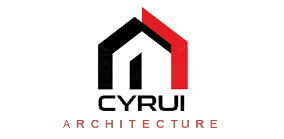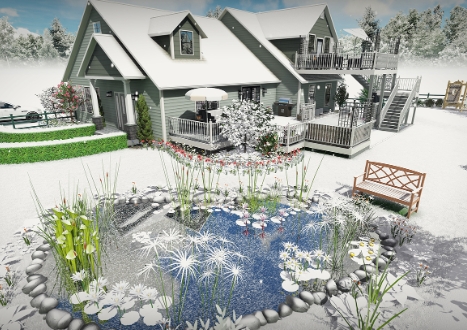Revolutionizing Outdoor Spaces: The Rise of 3D Landscape Architecture
Gone are the days of flat, two-dimensional landscape designs. The rise of 3D landscape architecture is transforming outdoor spaces in ways never seen before. With the help of advanced technology, designers are able to create stunning and realistic renderings of outdoor environments that were once only possible in the realm of imagination.
Advantages of 3D Landscape Architecture
One of the main advantages of 3D landscape architecture is the ability to show clients exactly what their outdoor space will look like before any construction begins. By creating detailed, lifelike renderings, designers can give clients a clear vision of the finished product, helping to eliminate any uncertainties or misunderstandings.
Another benefit of 3D landscape architecture is the ability to experiment with different designs and layouts quickly and easily. Designers can easily make adjustments to the virtual model, allowing for greater creativity and flexibility in the design process.
Impact on the Industry
The rise of 3D landscape architecture has had a profound impact on the landscaping industry. Clients are now able to see the potential of their outdoor spaces in a way that was not possible before, leading to a higher level of satisfaction and engagement with the design process.
Furthermore, the use of 3D technology has streamlined the design process, making it more efficient and cost-effective for both designers and clients. By being able to visualize the end result in such detail, designers can make more informed decisions and avoid costly mistakes during the construction phase.
Future Trends
As technology continues to evolve, the possibilities for 3D landscape architecture are endless. Virtual reality and augmented reality are likely to play a larger role in the design process, allowing clients to immerse themselves in their outdoor spaces before they are even built.
In conclusion, the rise of 3D landscape architecture is revolutionizing outdoor spaces in ways that were once thought impossible. With its ability to create stunning, realistic renderings and streamline the design process, it is no wonder that 3D technology is becoming the new standard in landscape design.

